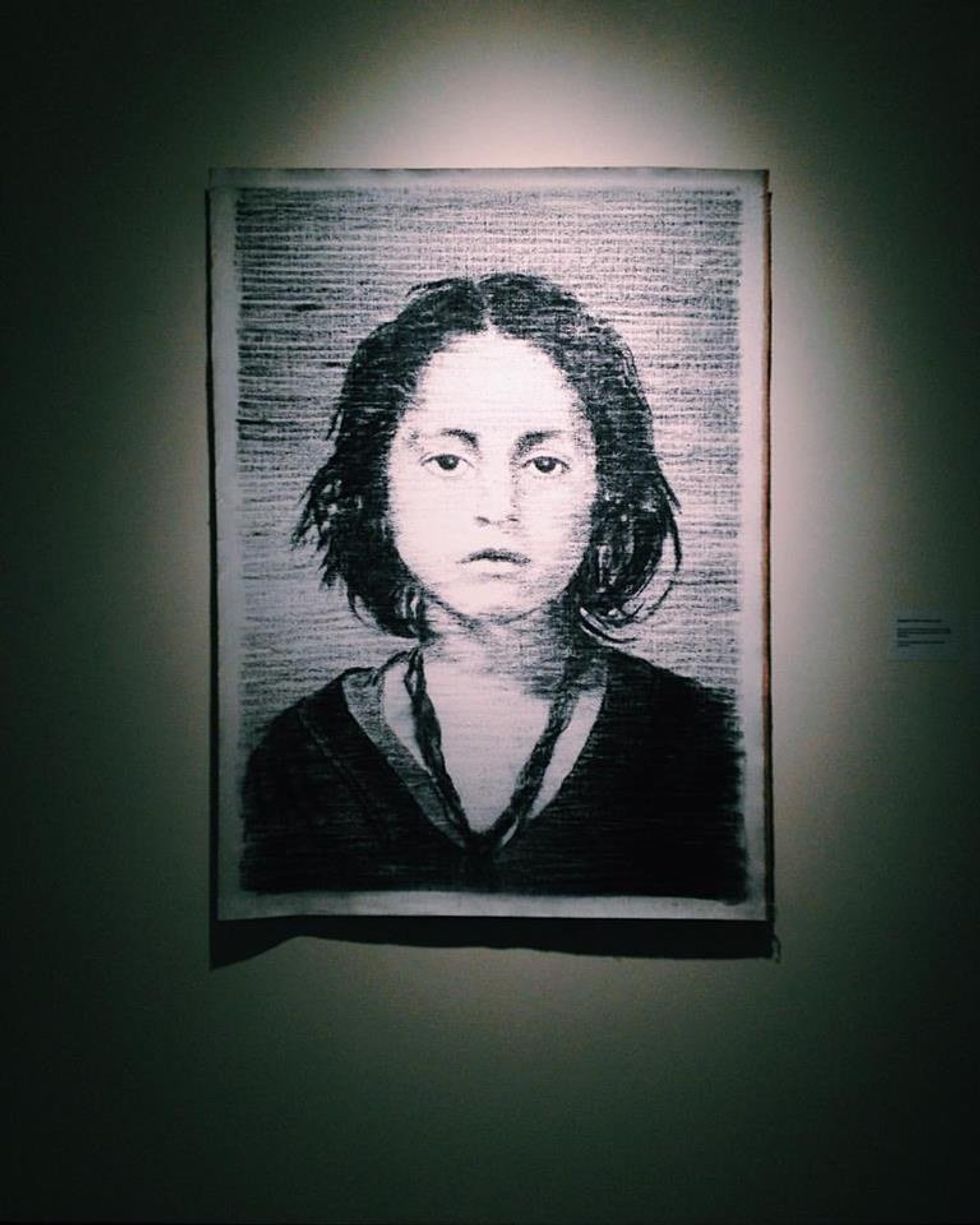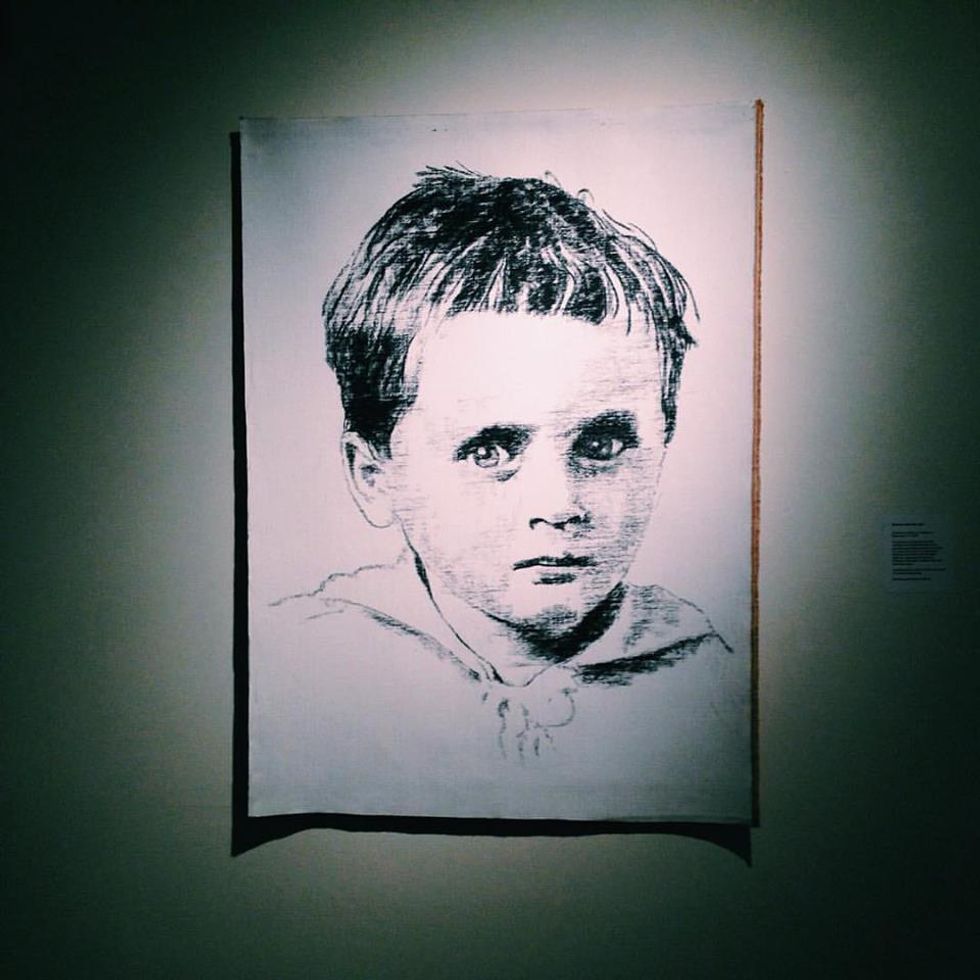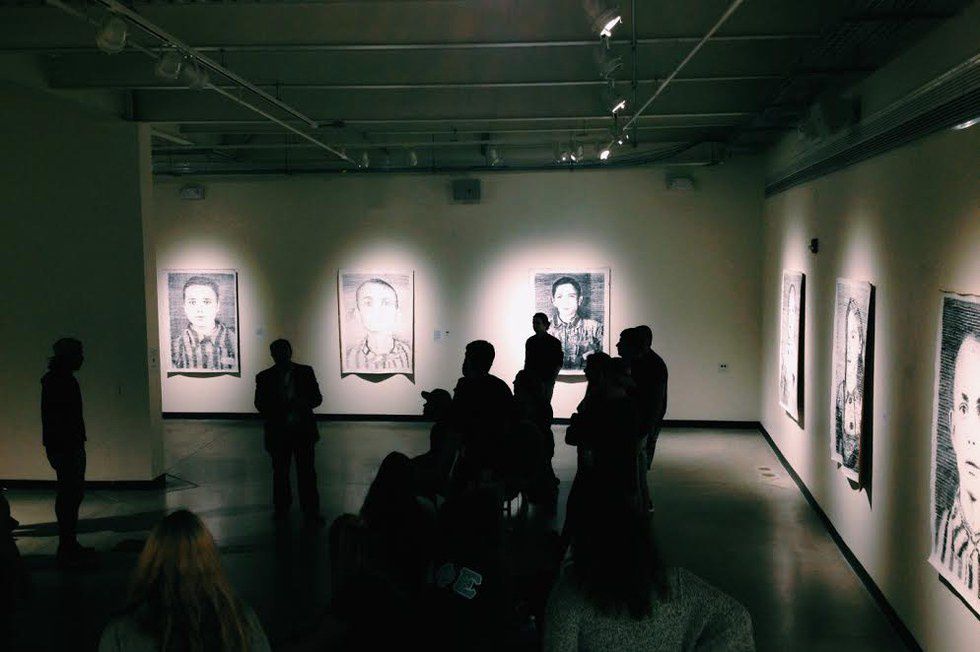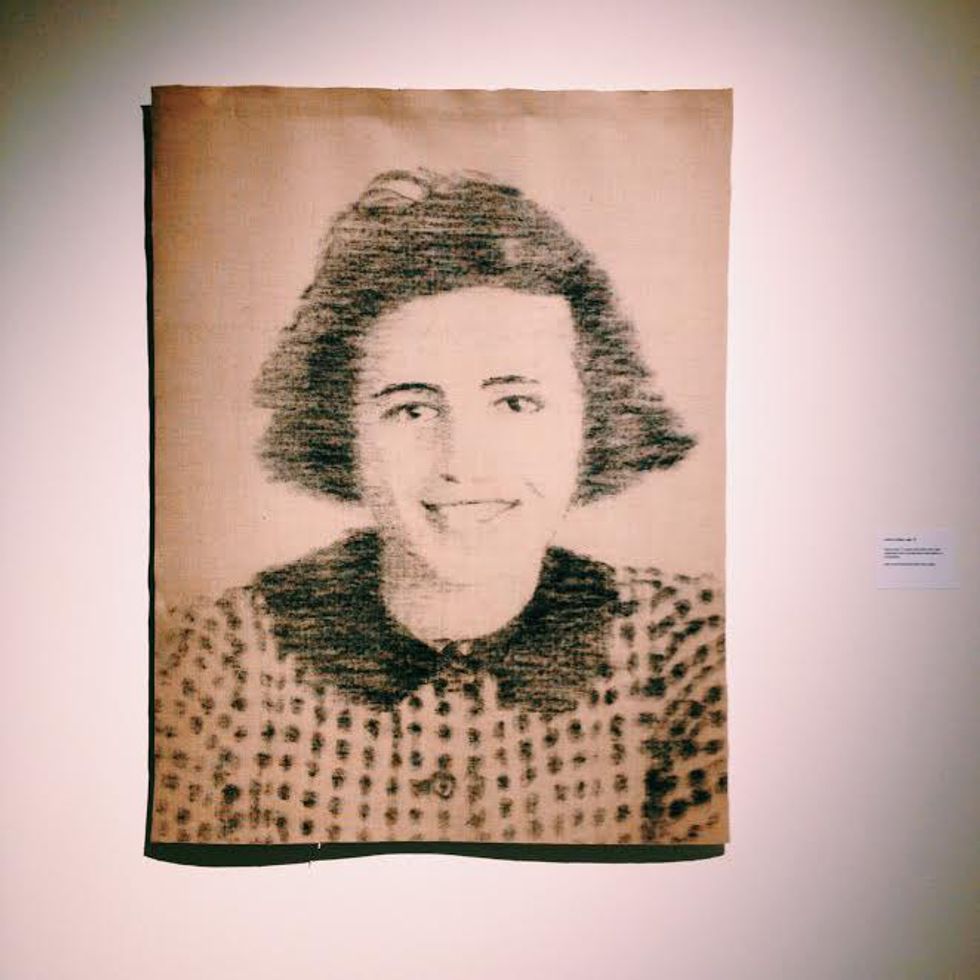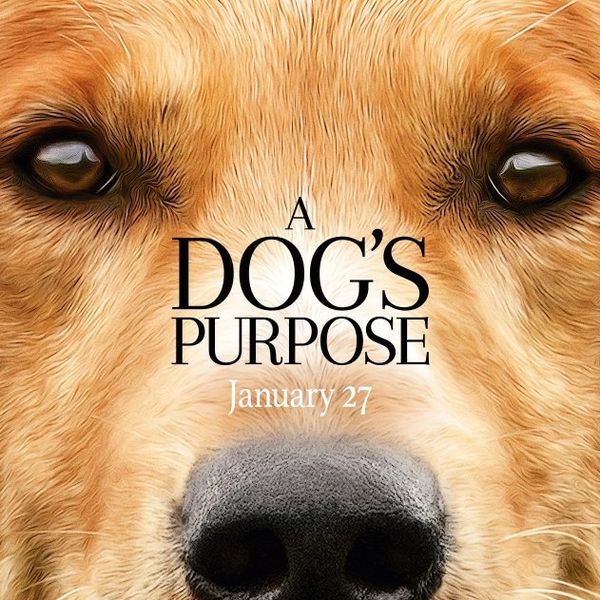On September 6th, 2016 the Drawing Against Oblivion exhibit opened at Stockton University in Galloway, New Jersey. After being displayed in Vienna, Berlin and Zagreb, the portraits by Austrian artist Manfred Bockelmann will be available for viewing in the United States for the first time. The exhibit includes 34 portraits, 33 of which depict children who were murdered during the Holocaust—Anatol Samujlowicz Vanukevich is the only child pictured to have survived. Under the cover of the Second World War, the Holocaust claimed the lives of 1.5-2 million children. In the award winning Documentary also entitled Drawing Against Oblivion, Bockelmann asserts “I draw these photos because I just don’t want these children to be forgotten”.
Bockelmann was born into a bourgeois family of German heritage in Klagenfurt on July 1st, 1943. His father Rudolf Bockelmann was a landowner and a member of the NSDAP since 1941. He was the mayor of a small Carinthian village called Ottmanach and although Rudolf Bockelmann was not an “eager Nazi,” he submitted to and made the best of the National Socialists being in power. Fearing partisan advances, he evacuated his family to Germany towards the conclusion of the war, but this was seen as desertion. He was arrested by the Gestapo in Klagenfurt but the war’s end disrupted any sentencing. In his younger years—like so many other Austrian youths—Manfred Bockelmann questioned his parents about the family’s role in the Third Reich, and he was fervently disappointed in the given response. He was told: “The Nazis deceived us”. The artist maintains that, “While it perhaps may have been acceptable for Germans to have said that in the early 1930’s, by 1938, when Hitler marched into Austria, surely people knew what kind of man they were dealing with”.
Bockelmann was disappointed in his parents, and their generation, but he was also disappointed in the people of his own generation. Instead of accepting responsibility for the atrocities of the Holocaust, the vast majority of Austrians accepted the false notion of “Austria as Hitler’s first victim”. This revised history, or Monolithic Identity—as described by Milo Dor as an “imagined homogeneous, hermetic, identity that does not permit contradictions”—trivializes the complacency of the Austrian people. Dor explains that a Monolithic Identity is created, and maintained, to repress uncomfortable truths. With this assumed identity comes a second construct of social psychology: “The Double Wall”. According to Dr. Marion Hussong, the image of “The Double Wall” refers to the barriers in communication between generations. As the children of bystanders—or perpetrators—began to ask questions, their parents were unable, or unwilling, to discuss their experiences. Monolithic structures severely hamper communication, and this is the problem Manfred Bockelmann encountered when questioning his own parents. Bockelmann claims that he wished to express his opinions “as an artist,” and admits, “…I didn’t feel I was up to tackling the subject of the Holocaust”. In 2010 that changed.
Bockelmann—who is well known in Germany and Austria—was typically recognized for his colorful, or monochrome, works in abstraction. Much of his work involved landscapes and horizons. In 2010 he drew his first portrait of a child murdered during the Holocaust: Prisoner #62287. We do not know his name, date of birth, or the circumstances surrounding his death. The child was murdered in Auschwitz. Bockelmann uses coarse charcoal and draws in black parallel lines to create his images. A majority of the images are about 5 feet in length and highlight the sunken, yet piercing, eyes of the lost innocents whom peer unforgivingly unto the audience. The portraits based on perpetrator photographs are featured on whitewashed canvas, while portraits replicated from family albums are drawn on untreated canvas—giving the portraits a sepia tone akin to the vintage photographs from which the images are based.
In total Bockelmann has created 120 portraits of children murdered at the hands of the Nazis, and he wishes to continue with this project until he is physically unable to carry on. At Stockton, the portraits include young Auschwitz prisoners, Roma and Sinti victims, victims of the Euthanasia Program, portraits from recovered family albums, and 7 portraits of victims related to local Holocaust survivors. These portraits were selected from photographs which were included in Stockton’s Writing as Witness project—Dr. Maryann McLoughlin has assisted in writing over 65 survivor memoirs relating to the Holocaust. These 7 portraits will remain at Stockton University after the conclusion of the exhibit, as they have been donated by the artist. Drawing Against Oblivion will be available at Stockton University until November 13th, 2016 and is free and open to the public. If you would like to tour the exhibit with the assistance of docents you can call 609-652-4566. On October 26th, Stockton will be hosting a Screening of the Film Drawing Against Oblivion at 7pm in the Campus Center Theater, and on the same day at 2:30pm an Exhibition Panel Discussion with Manfred Bockelmann, Andrea Heymann, Marion Hussong, Carol Rittner, and Elisa von Joeden-Forgey will take place in the Stockton Art Gallery (where the portraits are currently being displayed—L wing, adjacent to the Performing Arts Center).
Free e-catalog available at: http://online.fliphtml5.com/ivrx/rugz/#p=1



